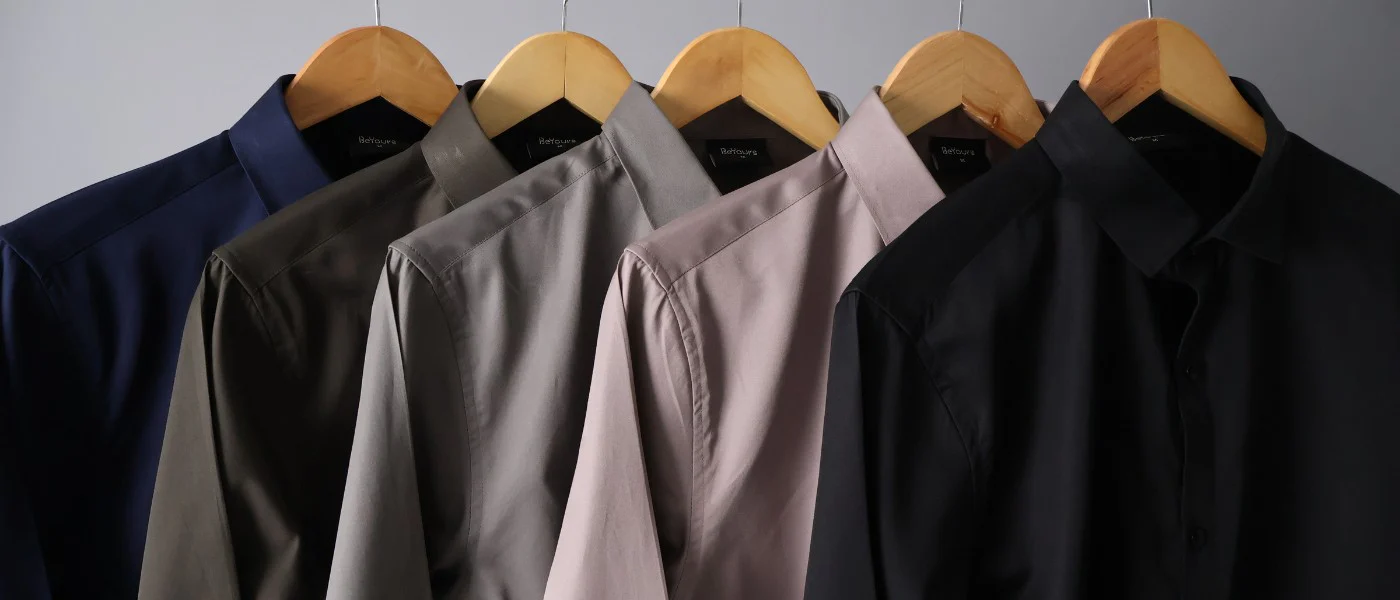Fauxmoi is making waves in the textile industry as a sustainable, versatile, and eco-conscious alternative to traditional fabrics. From its origin to its applications in fashion, home décor, and beyond, Fauxmoi has become a go-to choice for individuals and businesses looking to reduce their environmental footprint.
1. What is Fauxmoi?
Fauxmoi is an innovative, synthetic fabric designed to mimic the look and feel of natural materials while being environmentally friendly. Derived from a combination of recycled fibers and advanced technology, it is lightweight, durable, and adaptable to various applications.
2. The Origin and Evolution of Fauxmoi
The demand for sustainable textiles has been on the rise due to environmental concerns. Fauxmoi was developed as a response to these challenges, blending modern technology with eco-friendly practices. Initially introduced as a niche fabric, it has grown to become a favorite among designers and manufacturers worldwide.
3. Why Choose Fauxmoi?
Fauxmoi is not just a fabric; it’s a solution. Here’s why it’s gaining popularity:
- Sustainability: Produced with minimal environmental impact.
- Cost-Effective: Offers luxury appeal without a hefty price tag.
- Versatility: Can replicate textures like silk, leather, and cotton.
- Durability: Resistant to wear and tear, making it a long-lasting choice.
4. Key Features of Fauxmoi
- Eco-Friendly: Made using recycled materials and low-energy production methods.
- Aesthetic Appeal: Available in various textures and colors.
- Customizable: Easy to dye, print, and mold into desired shapes.
- Low Maintenance: Requires minimal care compared to traditional fabrics.
- Hypoallergenic: Safe for individuals with sensitive skin.
5. Fauxmoi vs Traditional Fabrics: A Comparative Analysis
| Feature | Fauxmoi | Traditional Fabrics |
|---|---|---|
| Eco-Friendliness | High (sustainable process) | Medium to low |
| Durability | High | Varies by fabric type |
| Cost | Affordable | Varies (silk and leather are expensive) |
| Aesthetic Versatility | High | Limited |
6. Environmental Impact of Fauxmoi
The textile industry contributes significantly to pollution. Fauxmoi aims to counteract this by:
- Reducing water usage in production.
- Cutting down carbon emissions with energy-efficient processes.
- Utilizing recycled fibers to minimize waste.
7. Applications of Fauxmoi in Everyday Life
- Fashion Industry: Used in clothing lines for dresses, jackets, and accessories.
- Home Décor: Perfect for upholstery, curtains, and cushion covers.
- Industrial Use: Found in automotive interiors and durable workwear.
- Sportswear: Fauxmoi’s breathability makes it ideal for activewear.
8. Caring for Fauxmoi: Maintenance Tips
To ensure longevity:
- Wash in cold water using a mild detergent.
- Avoid bleach and harsh chemicals.
- Air dry or tumble dry on a low setting.
- Store in a cool, dry place to prevent mildew.
9. Top Brands Using Fauxmoi
Several global brands have integrated Fauxmoi into their collections:
- Sustainable Threads: Known for eco-conscious fashion.
- EcoHaven Home: Specializes in Fauxmoi-based home décor.
- Green Style Co.: Focuses on accessories and footwear.
10. How to Identify Authentic Fauxmoi
Authentic Fauxmoi can be identified by:
- Its lightweight yet sturdy texture.
- Tags or certifications indicating sustainable production.
- Unique branding by reputed manufacturers.
11. Fauxmoi and Sustainability in Fashion
The fashion industry has embraced Fauxmoi for its ability to align with ethical practices. From high-end runway collections to everyday wear, designers are exploring its potential to redefine style with sustainability.
12. The Future of Fauxmoi in the Global Market
Fauxmoi is expected to grow exponentially, with innovations such as:
- Biodegradable variants.
- Integration with smart textiles for tech-enabled clothing.
- Expansion into markets like healthcare and outdoor gear.
13. Challenges in the Fauxmoi Industry
Despite its benefits, Fauxmoi faces challenges such as:
- Misrepresentation of quality by low-grade manufacturers.
- Limited awareness among consumers.
- Balancing affordability with premium features.
14. FAQs About Fauxmoi
Q1: Is Fauxmoi suitable for all climates?
Yes, Fauxmoi’s adaptability makes it ideal for both warm and cold environments.
Q2: Can Fauxmoi be recycled?
Absolutely, most Fauxmoi fabrics are recyclable.
Q3: Does Fauxmoi feel like natural fabrics?
Yes, Fauxmoi can replicate the feel of silk, leather, and other natural fabrics.
Q4: Is Fauxmoi cost-effective for manufacturers?
Yes, its production process is streamlined and affordable, reducing overall costs.
Q5: Where can I buy Fauxmoi products?
You can find Fauxmoi items online, at eco-friendly stores, or directly from brands using this fabric.
15. Conclusion
Fauxmoi is more than just a trend; it’s a movement toward a more sustainable future. By choosing Fauxmoi, consumers and businesses can contribute to reducing the environmental impact of the textile industry. With its unparalleled versatility, affordability, and sustainability, Fauxmoi is set to redefine the fabric of the future.
Embrace Fauxmoi today and be part of the revolution for a greener tomorrow!
